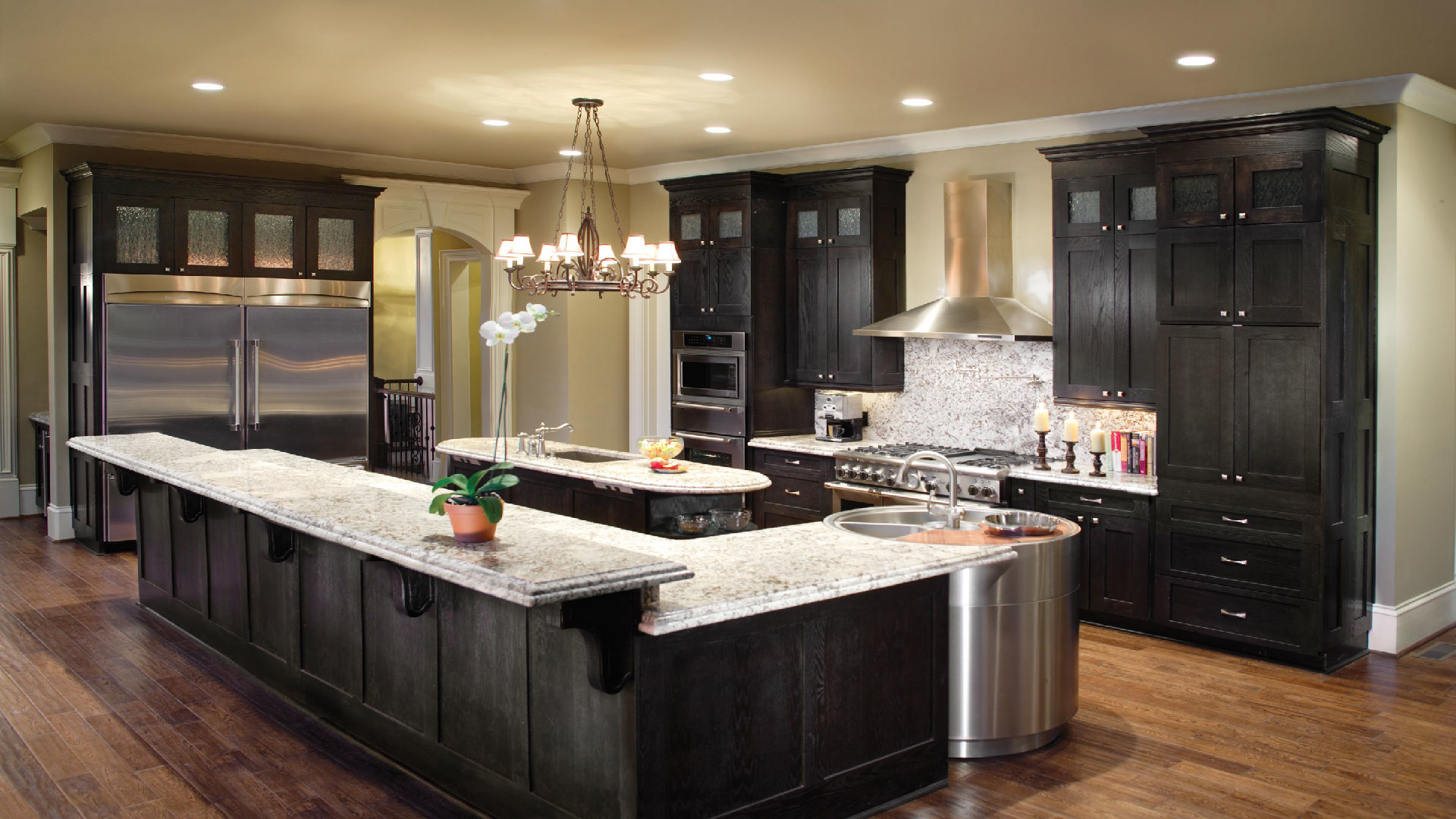A well-designed septic system is crucial for ensuring proper wastewater management, especially for properties located in rural areas. Planning the layout and specifications of a septic system is a process that requires precision and expertise. By working with professionals like Ibex Septic system design, you can ensure that your septic system is efficient, sustainable, and meets regulatory requirements.
1. Site Evaluation and Soil Testing
The first step in designing a septic system is to conduct a thorough site evaluation and soil test. This process assesses the soil’s ability to absorb and filter wastewater effectively. The soil’s composition plays a significant role in determining the size and type of septic system needed. Ibex conducts professional soil testing to identify the best location for your septic system, ensuring that it functions efficiently and complies with environmental regulations.
2. Choosing the Right Type of Septic System
There are different types of septic systems available, each suited for specific property types and soil conditions. Conventional systems, mound systems, and aerobic treatment units are a few of the options to consider. The design phase involves selecting the most appropriate type of septic system based on factors like soil permeability, water table level, and property size. Ibex helps homeowners choose the best septic system design to meet their property’s needs and minimize environmental impact.
3. Drainfield Design
The drainfield, also known as the leach field, is where the treated wastewater is dispersed into the soil. Proper drainfield design is crucial for preventing system failures and groundwater contamination. Factors like drainfield size, slope, and distance from the home are essential considerations. Ibex Septic system design services ensure that your drainfield is placed in the optimal location to allow for effective water absorption and filtration.
4. Regulatory Compliance
Septic system design must comply with local and state regulations, which outline specific guidelines for system size, location, and installation procedures. Ensuring compliance is essential to avoid potential fines and system malfunctions. Ibex has extensive experience in navigating these regulations, helping you design a system that adheres to all legal requirements.
5. Long-Term Maintenance and Sustainability
A well-planned septic system not only handles current wastewater needs but also anticipates future use. Designing for sustainability ensures that the system will function efficiently for years to come, minimizing the need for costly repairs or replacements. Ibex Septic system design includes plans for long-term maintenance, ensuring that your system remains reliable and sustainable over time.
Conclusion
Proper septic system design is essential for ensuring effective wastewater treatment and long-term property health. By partnering with Ibex Septic s ystem design, you can create a system that’s tailored to your property’s unique needs while adhering to all regulatory standards.




